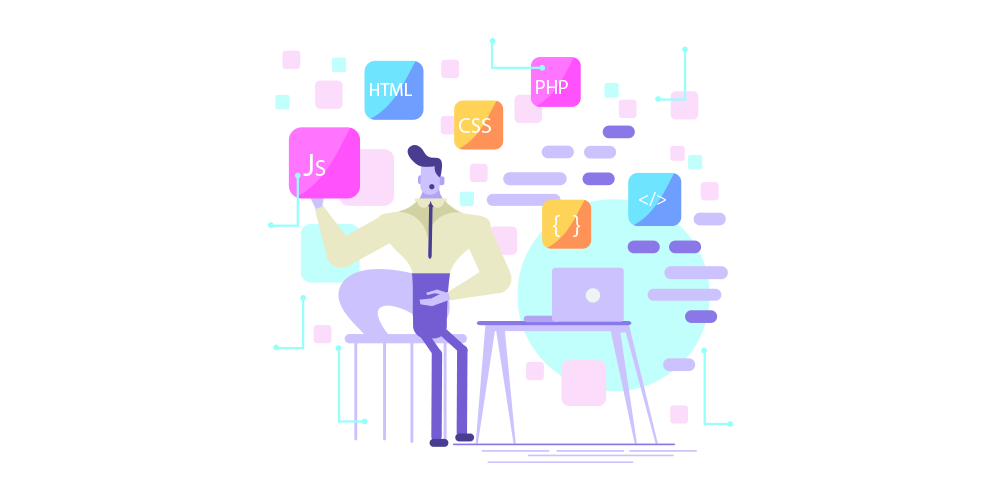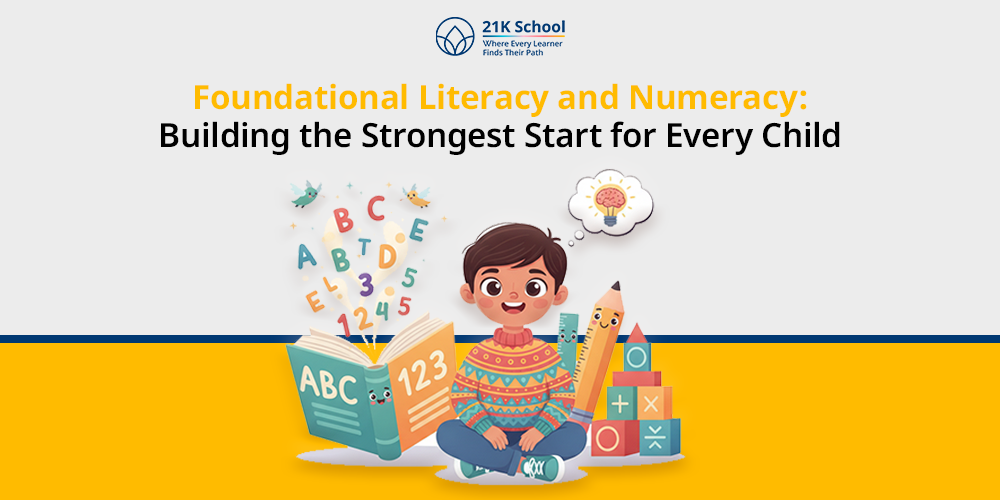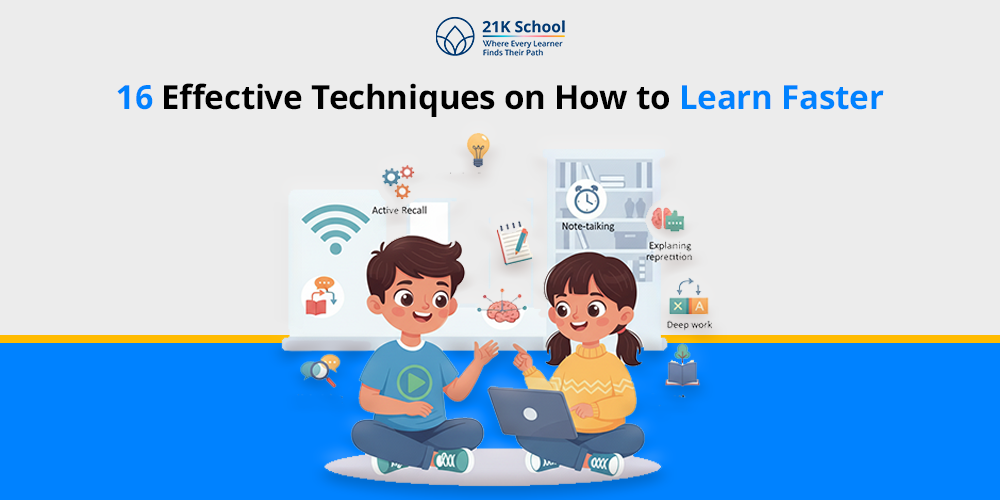
If you want your kid to become a successful doctor, lawyer, or writer, then you need to teach coding today. Coding has become an essential skill for every kid.
It may not be part of the syllabus for your kid, but it will help increase their self-esteem and problem-solving skill. So, in short, coding can give a new edge to your kid’s career.
The article lists 20 HTML, python & coding vocabulary all kids should know.
So keep reading this article to learn more about 20 essential vocabularies used in the coding World, which will help in scaling your kid’s career.
Contents
What Do You Understand By Coding?
Coding is the instruction a human being gives to the computer to perform a specific task. You have to write some codes on the computer to do some tasks and press the input button.
The computer will exactly show you the output according to the commands you have given to the computer.
What Do You Understand By HTML?
HTML(Hypertext markup language)can be used for writing a web page. It allows the publishing of online documents with text, photos, tables, and heading effectively.
What Do You Understand About Python?
Python is a programming language for making or testing software, creating websites, or analyzing data.
This programming language is easy to learn. So, it is used nowadays by many Accountants, Researchers for organizing data.
Also Read, Scratch Programming for Kids: A Fun Way to Learn Coding
What Are The 20 HTML, Python & Coding Vocabulary Every Kid Should Know?
1. Algorithm
An algorithm can be described as a set of instructions which a human provides to a computer in order to solve a problem or perform any task. The steps should be corresponding and in the right sequence.
The computer simply goes through all these in order to achieve the desired outcome.
2. Bit
A bit is the tiniest bit of information in a computer and it can be 0 or 1 only. Every collection of electronic information: photos, videos, text, is composed of combinations of bits.
A byte of 8 bits is more frequently occurring in computing.
3. Class
A class resembles a blueprint in object oriented programming to make objects. It establishes these features (known as attributes) and actions (known as methods) of the objects.
As an example, one might have a Car class where instances of cars such as a Toyota or a Honda might be created.
4. Application Programming Interface (API)
API enables two distinct software products to communicate with one another. It acts as a postboy that transmits messages back and forth.
An example is when you use an app to find out where you are in Google Map, the app uses an API to retrieve the map information.
5. Body
The <body> HTML element establishes the primary contents that can be seen on a webpage. All you have seen, text, graphics, links, tables is added within the body tag.
It is placed under the <head> and essential in designing web pages.
6. GIT
GIT is a code management tool programmers use to handle code. It assists in keeping on track, collaboration with others and reversal of errors in projects.
The teams will be able to work on the same project simultaneously and not lose any work.
7. GitHub
GitHub is an online platform which uses Git to share and store the code. The ability to enable many developers to work on the same project irrespective of the place.
Imagine it is like Google Drive, but in code.
8. Loop
A loop is a programming language command that does something repeatedly. It kept happening until something is not the case.
Widespread loops are for, while and do-while.
9. Bug
A bug is an issue or trouble in a program that prevents it from working properly. It may cause the program to crash or to have the wrong answer.
Bugs are normal and even experienced coders waste some time to rectify them.
10. Debugging
The effort to locate and correct errors in a program is called debugging. It entails testing every single section of the code and correcting it.
It assists the smooth running of the program without errors.
11. Binary
Binary is a number base system that contains pure 0s and 1s. It is used to store and process any type of data that is held in computers.
All the files, applications, or videos you use are composed of binary code on their innermost parts.
12. Camel Case
Camel case is a form of writing word that starts in lower case and all next words begin with capital letters. As an example, myNameIsJohn contains a camel case.
It is employed in variable and function names in most program languages.
13. DIV
In HTML, the <div> tag is utilized to gather or divide pieces of information. It assists the developer to format the structure of a page on the internet.
CSS allows you to style a div in order to manage the appearance of that section.
14. Variable
A variable is the name to hold information in a program. We can get its value changed depending on the action that the program is performing.
An example is a variable with a name of score which may vary during a game played by a player.
15. Arithmetic Operators
Arithmetic operators enable you to calculate in your code. They are addition (+), subtraction (-) multiplication (*) and division (/).
They can be used to do totals, scores or perform math problems within programs.
16. Block-Based Programming
Block-based programming allows programming through drag and dropping and snapping blocks. Every block has a different command or functionality.
It does not allow typing mistakes, so it is very good when a person is starting to learn.
17. Text-Based Programming
Text programming entails typing actual code using some programming language. Text is used to write languages such as Python, JavaScript or HTML.
This kind of coding grants you a greater degree of control and is applied in complicated programming.
18. ID
An id is an HTML attribute which is used to identify a single element in a web page. You may use it to add styles or actions to the particular item.
To illustrate, it is possible to change one of the buttons to blue with the rest of them remaining red based on its id.
19. Href
The attribute href is employed in tag to make links with <a > (anchor). It directs the browser to the location that needs to be visited when a user clicks the link.
To give an example, <a href=”https://google.com”>Go to Google</a> redirects to Google.
20. Boolean
Boolean is a type of data containing two possible values True or False. It appears in programming and conditions frequently.
As an example a Boolean can be used to tell whether a user is logged in (True) or not (False).
Conclusion
The main aim of this article is to make you aware of the 20 most important HTML, python, and coding vocabulary. These keywords will be helpful for your kids if they are learning some programming languages.
These 20 essential gaming and web development terms are introductions that can give children a solid hook upon which to hang their coding hat.
These vocabulary words will make them more comfortable and competent whether as they build a basic Web site, write their first script using Python, or investigate how applications work.
As it happens with a new language, having a grasp of the core terminologies, the rest would be comprehensible.
These ideas will simply become a part of them, and soon enough they will be ready to enjoy even more thrilling tech skills in the future!
Also read, the best age to start teach coding for kids.


